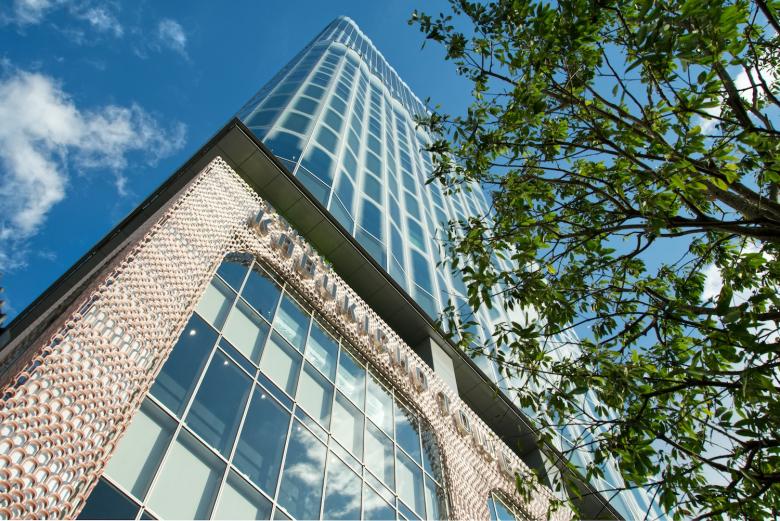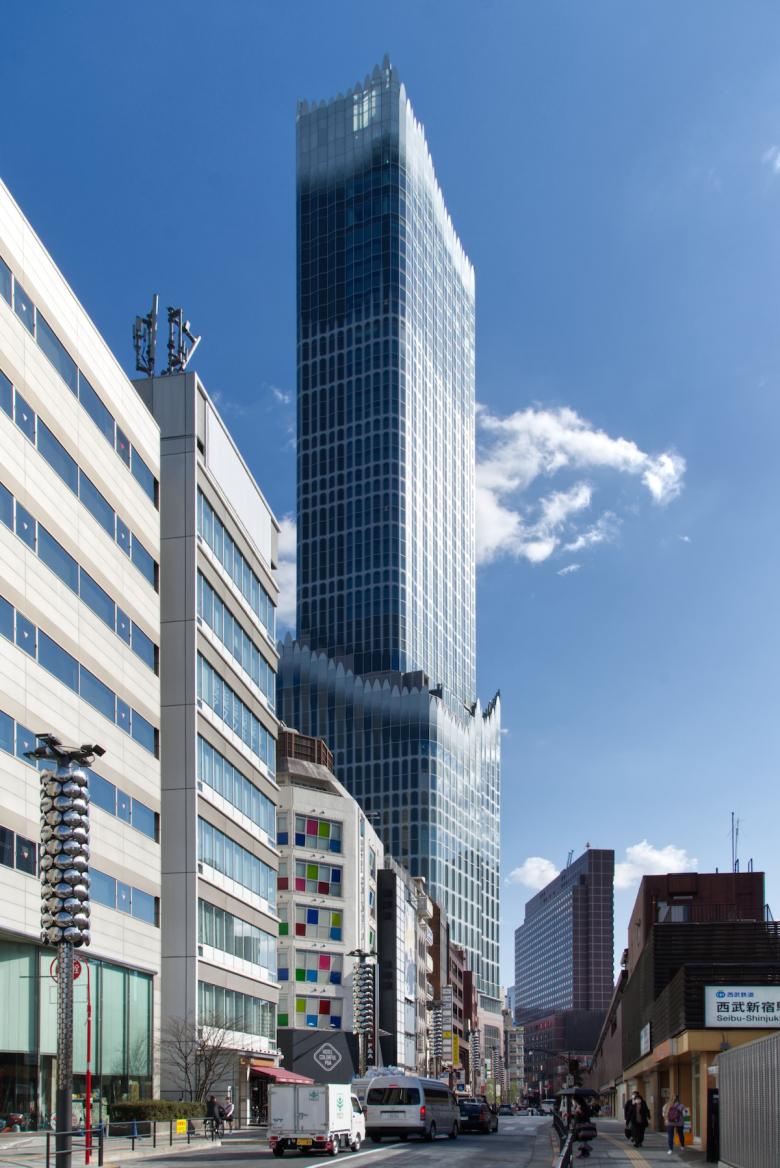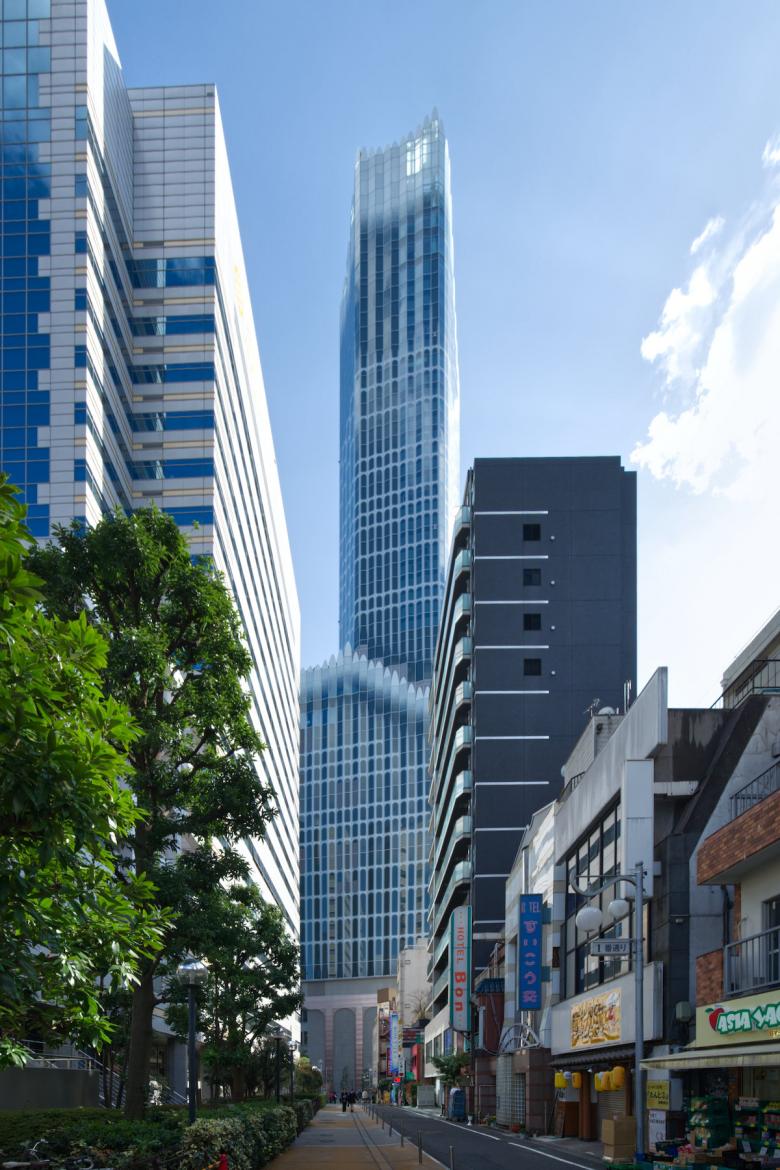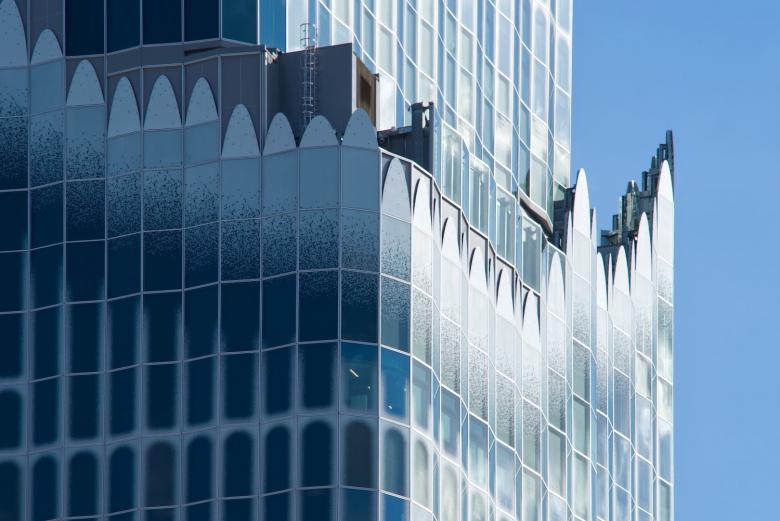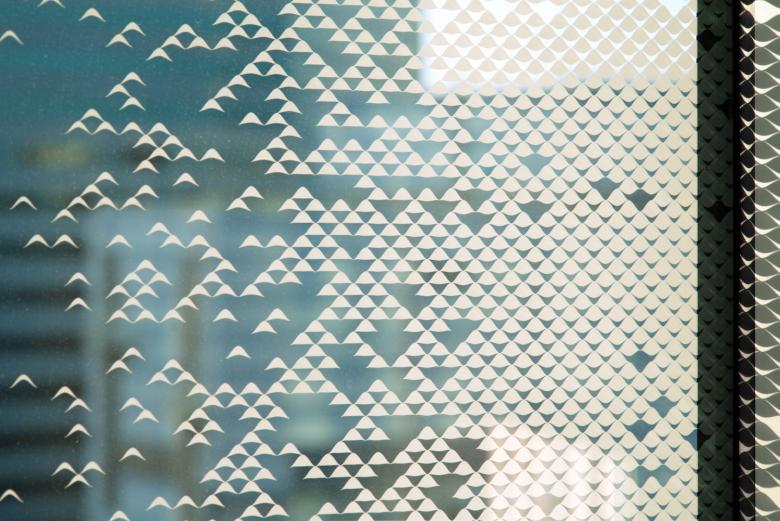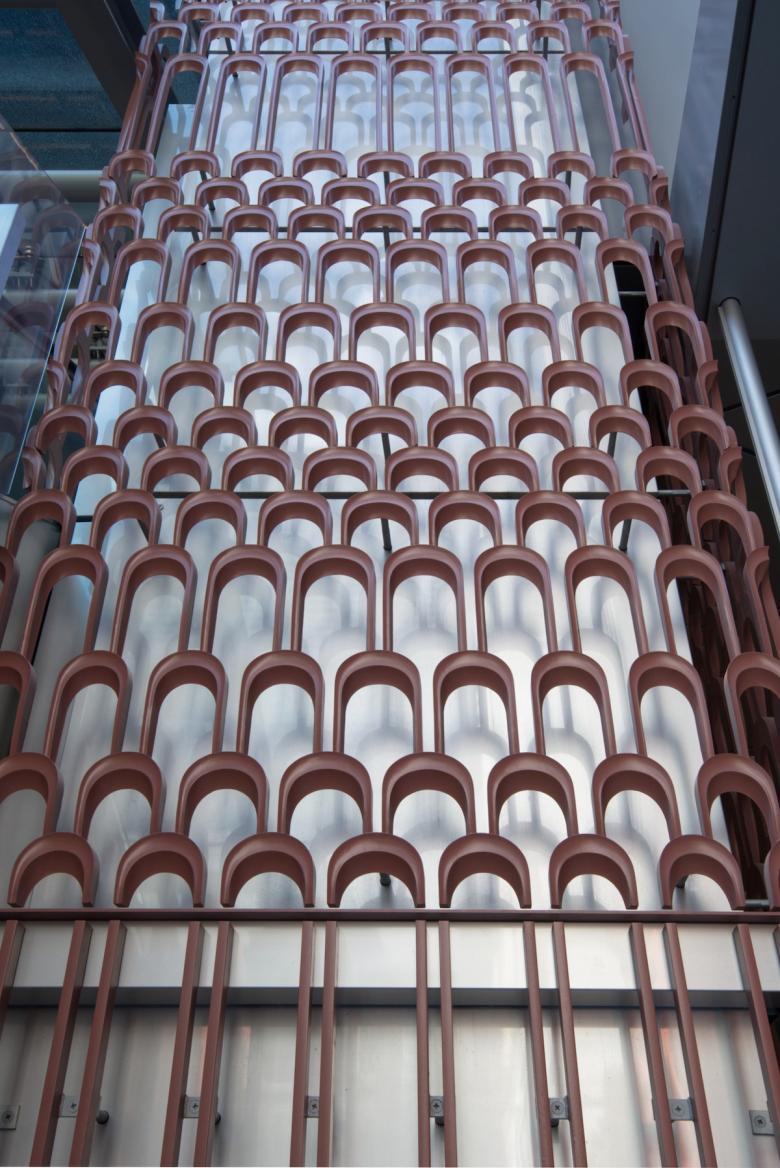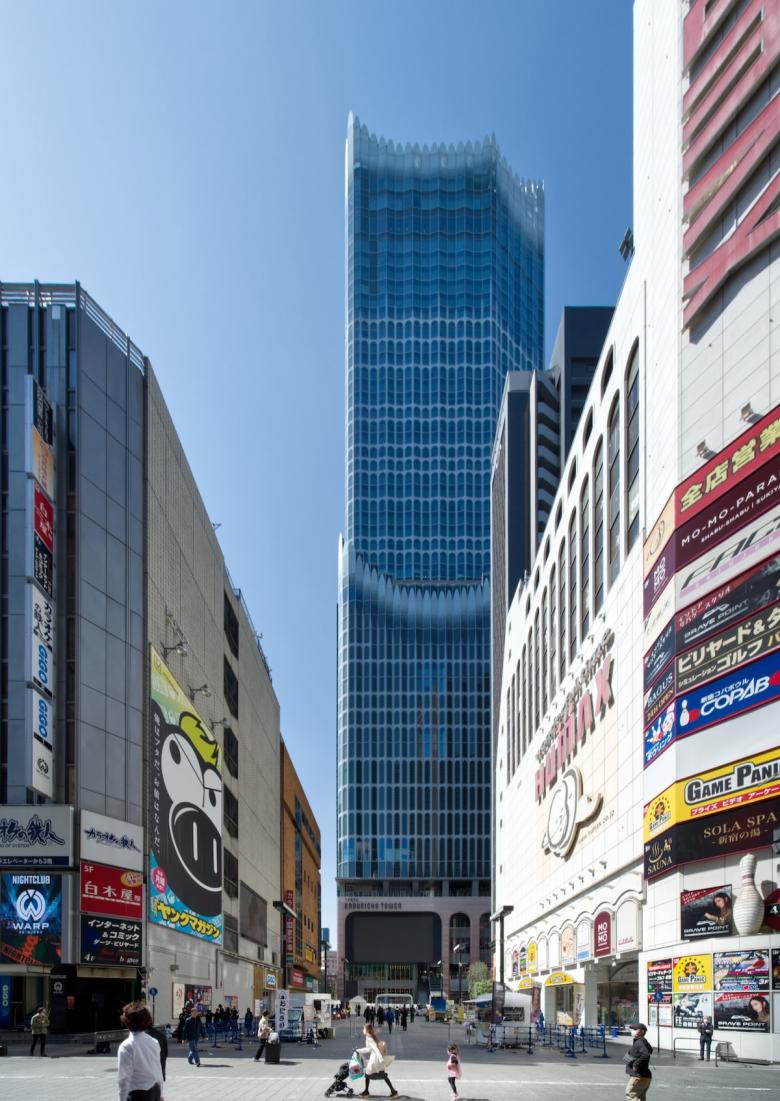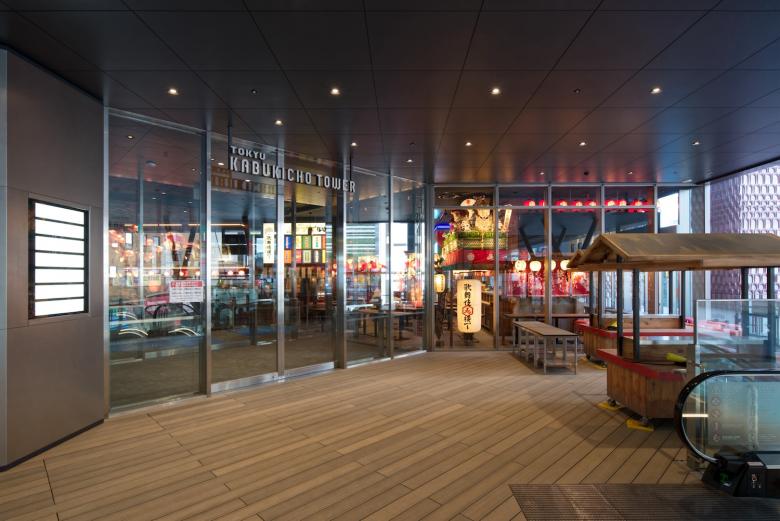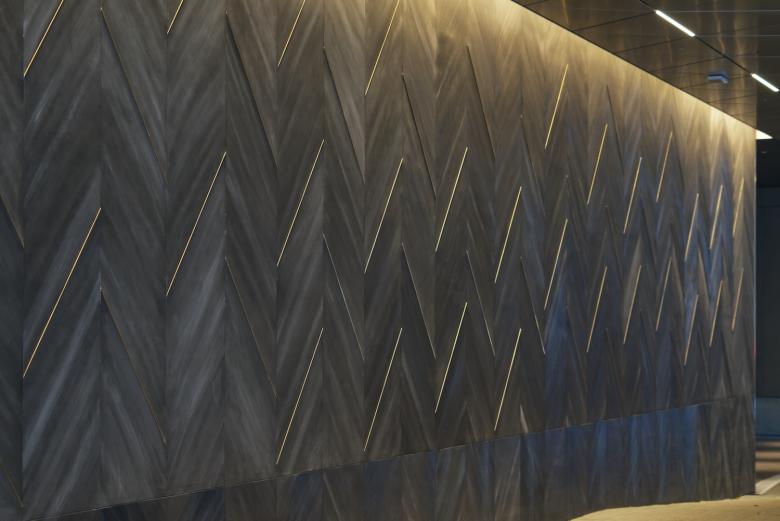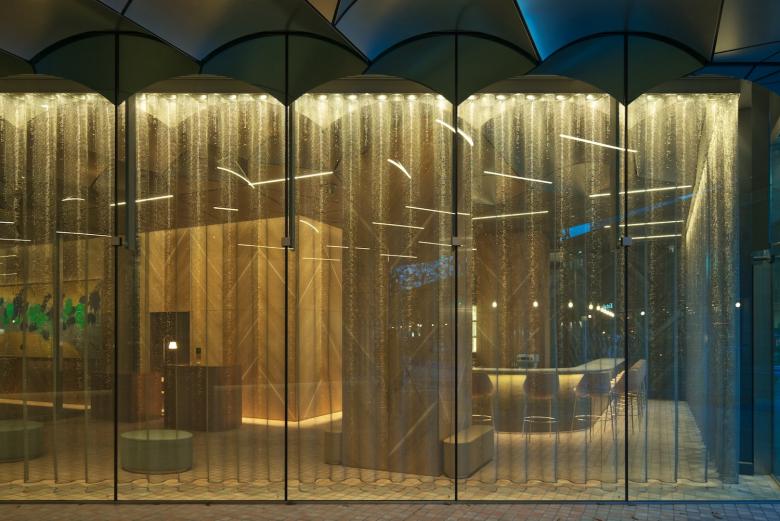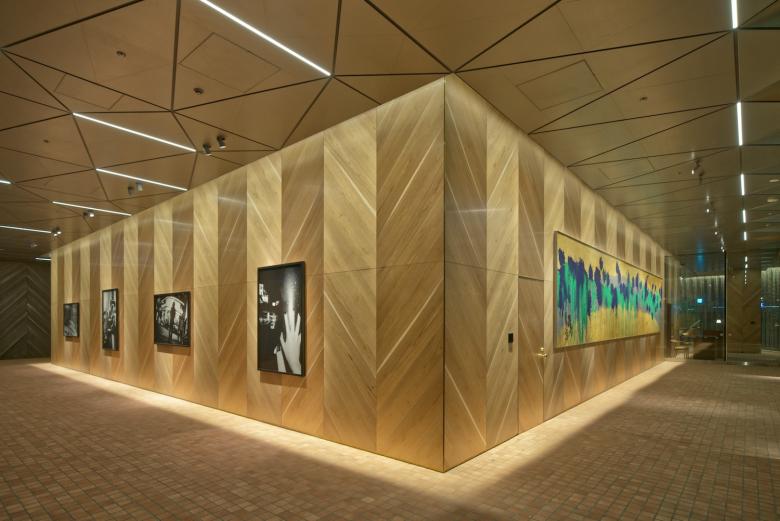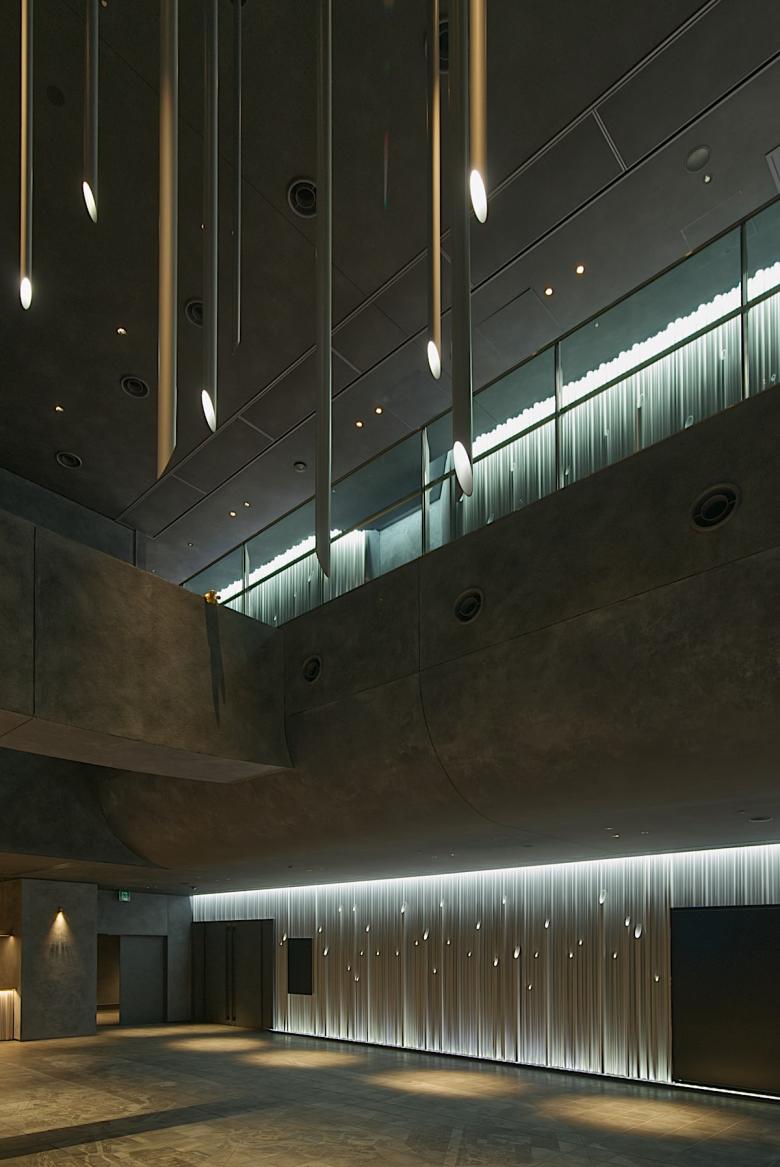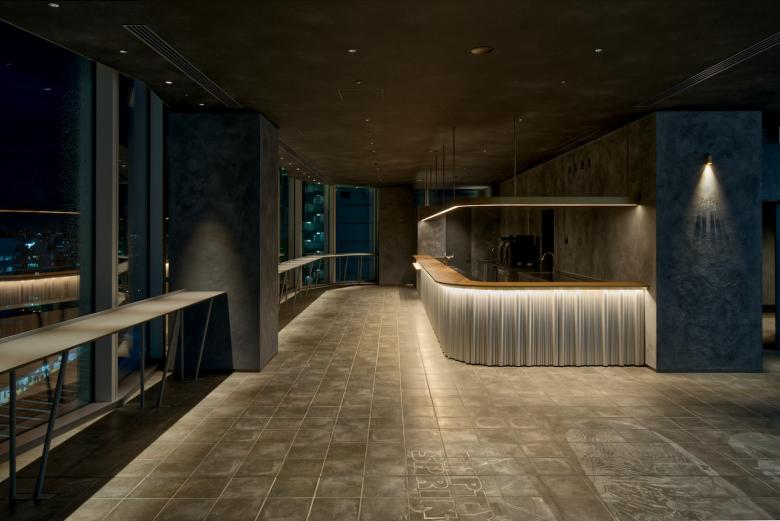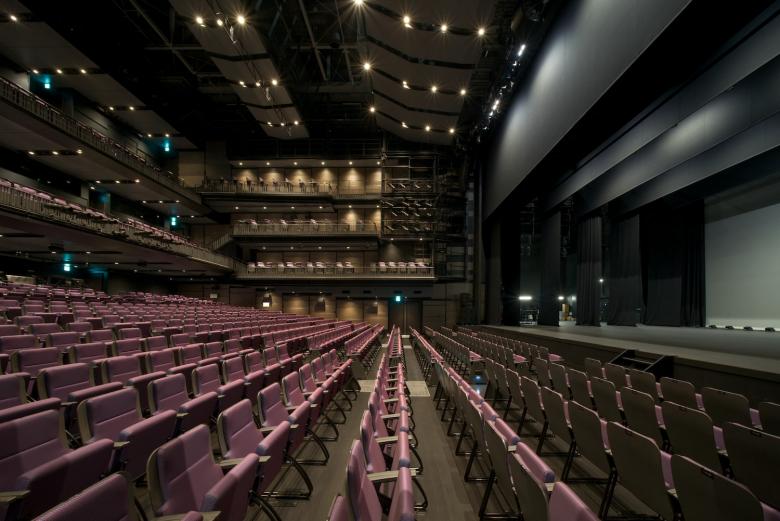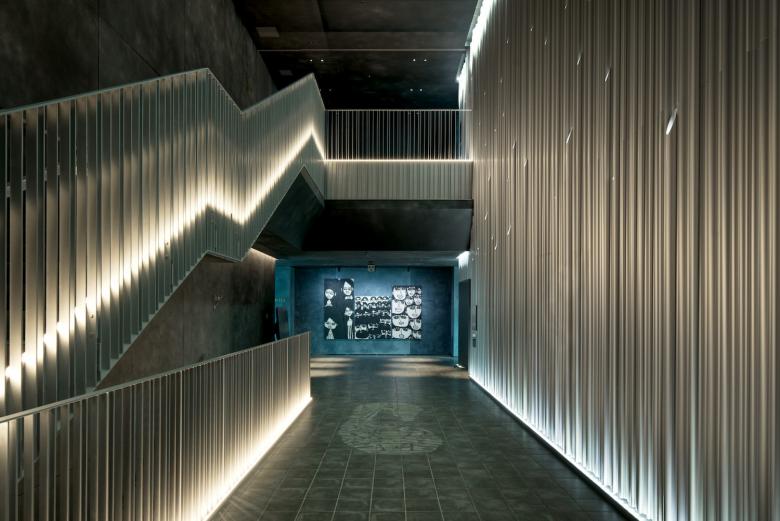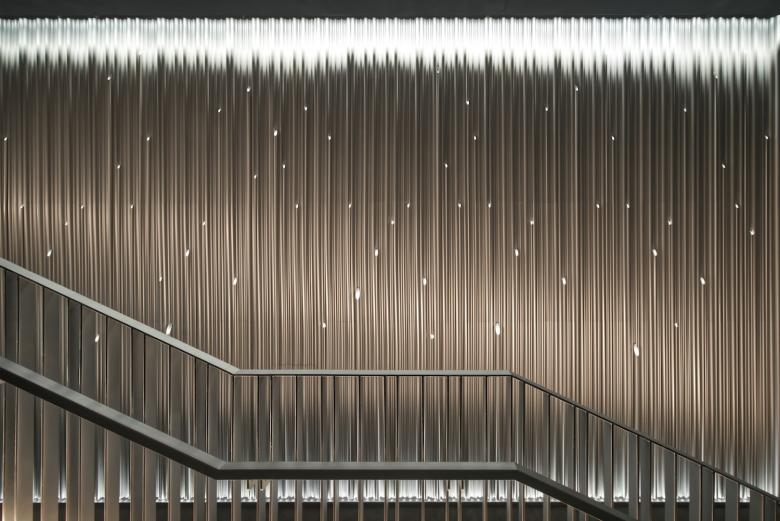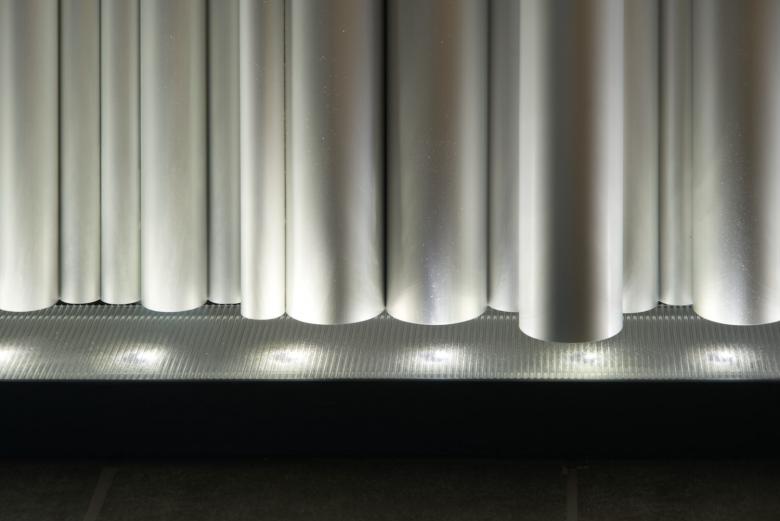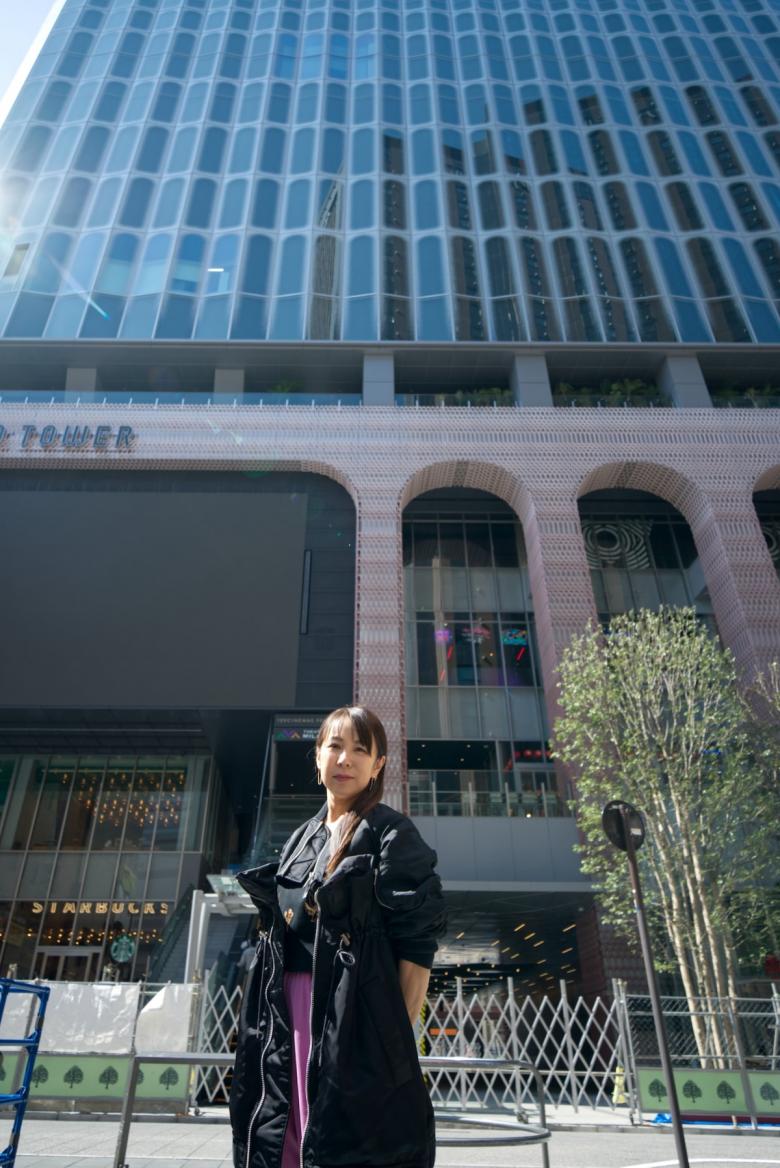Touring Tokyu Kabukicho Tower
Yuko Nagayama, Kume Sekkei
20. April 2023
All photos by Neoplus Sixten Inc.
Yuko Nagayama & Associates designed the exterior and part of the interior of Tokyu Kabukicho Tower, the commercial building with 48 floors above ground and 5 basement levels, whose unique appearance has attracted attention since it started construction. Japan-Architects visited the tower in Tokyo’s Kabukicho district ahead of its April 14 grand opening.
See also: “A Delicate Tower in Tokyo’s Red-Light District,” Ulf Meyer's interview with Yuko Nagayama
As you may notice from the programmatic stacking below, this is a very rare building complex that specializes in entertainment and, therefore, despite being a skyscraper of this scale, has no office tenants.
- 39F–47F: "BELLUSTAR TOKYO" hotel
- 18F–38F: "HOTEL GROOVE SHINJUKU" hotel
- 17F: “JAM17" bar and restaurant
- 9F–10F: "109 Cinemas Premium Shinjuku” theater
- 6F–8F: "THEATER MILANO-Za” theater
- 5F: "EXSTION" wellness entertainment facility
- 4F: "THE TOKYO MATRIX" dungeon experience facility
- 3F: "namco TOKYO” amusement complex
- 2F: "Shinjuku Kabuki Hall - Kabuki Yokocho” entertainment food hall
- 1F: Restaurants, cafes, and bus terminal
- B1F–B4F: "Zepp Shinjuku" and "ZEROTOKYO” live music halls
Kume Sekkei designed the core of the building and Yuko Nagayama & Associates was selected through a nomination competition to design the exterior. The design of the facade is an homage to the fountains that once existed in Kabukicho; it carefully draws on historical context, such as the thoughts of the people who had tried to bring entertainment and vitality back to the depressed postwar nation, to create a lively and bustling image of a giant fountain.
The glass is set in a folded, corrugated pattern that reflects the light depending on the angle of view. A gradation of large dots representing water droplets, while an arch with a lighter gradation on the lower window are printed with fine dots. A weather-resistant ceramic print was applied to the outermost surface, which allows the gradation to be visible even when light reflects off the glass, as in the photo.
An enlarged image of the light gradation area illustrates how the traditional blue ocean wave pattern was arranged. The Nagayama studio designed the pattern without commissioning a graphic designer; all 240 prints were made in-house. The gradation was expressed in such a detailed resolution "so it would look gentle when seen from a hotel room," Ms. Nagayama told us.
The low-rise part of the building is the height of the former Shinjuku TOKYU MILANO building. It is also surrounded by street trees, a rarity in Kabukicho, which are used to suppress the effects of winds.
A closer look at the low-rise portion of the building shows that it, too, is finished in cast aluminum with a wave pattern. The coloring is a tribute to the reddish-brown color of the former Milano Theater; the color gradation is whitish as one moves upward.
After dark, the lighting changes the expression of the base.
Looking from Cine City Square inside downtown Kabukicho: The fountain was located in this plaza until 1998, and behind it stood the Shinjuku TOKYU MILANO, an entertainment facility that housed the Milano Theater and Milano Bowl.
Front entrance with a large display: The atmosphere of the plaza has changed considerably.
The main entrance has a grand staircase, which doubles as a stage, and escalators leading up to the second floor.
After going up to the second floor and looking back, you see Toho's Godzilla. The staircase/stage and large display are linked to the CineCity Plaza to create a lively atmosphere.
The second floor is the entrance to the entertainment facilities, where the "Shinjuku Kabuki Hall - Kabuki Yokocho" food hall spreads out; elevators accessing theaters and cinemas are also on this floor.
Shinjuku Kabuki Hall – Kabuki Yokocho
The ground level leads to the hotel and bus terminal. The hotel consists of two brands: the luxury hotel BELLUSTAR TOKYO and the entertainment hotel HOTEL GROOVE SHINJUKU.
The entrance on the first floor was also designed by Nagayama’s studio, with the ceiling featuring custom panels meant to resemble waves. The right side of the entry level has the hotel entrance, the terminal for buses directly connecting to Haneda and Narita airports, and the underground parking lot. There is also a tourist information center.
The density of the space is enhanced by the herringbone-patterned walls that Ms. Nagayama uses in many of her projects.
At the lounge bar next to the entrance, the chain mesh looks like a waterfall.
Welcome drinks and other libations will be served here to guests of BELLUSTAR TOKYO.
Under the title "Art Project Weaving the History of Kabukicho, Shinjuku," artworks by 26 artists have been installed throughout the facility.
This bank of elevators gives access to "JAM17" and "HOTEL GROOVE SHINJUKU" on the 17th floor, but visitors to BELLUSTAR TOKYO on the 39th floor need to use another elevator.
Yet another elevator provides access to further entertainment on the 6th floor. The foyer of the live entertainment theater THEATER MILANO-Za and the perimeter of the theater hall were designed by Nagayama’s office; the entire floor is a work of art with a giant hand painted on it.
“Za Bar" at the back of the foyer
Visitors can enjoy a pre-theater drink while gazing at the skyscrapers of Nishi-Shinjuku.
The Theater Hall was designed by Kume Sekkei. With seating for 900, it can accommodate a variety of performances, including plays, musicals, live music, and films.
Theater foyer on 7th floor: The two-story space has an impressive wall decoration that looks like a fountain, waterfall, or even icicles — the unifying theme of the theater.
The color of the lighting can be freely changed depending on the program.
Pipes are in the front, but the others are made of original arched-section aluminum extrusions; this is the first time Nagayama’s studio tried this material.
Yuko Nagayama: “We aimed to create a design that would transform Kabukicho into a new atmosphere. I was very worried about how the building would look after completion, because from a distance, it stands apart from the buildings in Nishi-Shinjuku. However, the new building looks even more beautiful than I had imagined, and I am very grateful to everyone who worked with me on this project, even with the smallest of tasks."
Project: Tokyu Kabukicho Tower
Location: 1-29-1 Kabukicho, Shinjuku-ku, Tokyo
Client: Tokyu Corporation, Tokyu Recreation Inc.
Architectural Design: Kume Sekkei and Tokyu Construction Consultant Design JV
Exterior Design: Yuko Nagayama & Associates
Planning and Production: POD Corporation
Construction: Shimizu/Tokyu Construction JV
Site Area: 4,603.74 m²
Total Floor Area: Approx. 87,400 m²
Location: 1-29-1 Kabukicho, Shinjuku-ku, Tokyo
Client: Tokyu Corporation, Tokyu Recreation Inc.
Architectural Design: Kume Sekkei and Tokyu Construction Consultant Design JV
Exterior Design: Yuko Nagayama & Associates
Planning and Production: POD Corporation
Construction: Shimizu/Tokyu Construction JV
Site Area: 4,603.74 m²
Total Floor Area: Approx. 87,400 m²
This article was originally published as “東急歌舞伎町タワー” on Japan-Architects. English translation edited by John Hill.
